|
by Jade Alicandro Mace The first Nettles (Urtica dioica) harvest is easily one of my most eagerly anticipated harvests of spring. To me, spring hasn’t truly sprung until the Nettles are here. When it comes to harvesting Nettles, one of the first things folks always ask is, “But don’t they sting?” They do. The next question is, “Do you wear gloves?” My answer? Nope. You’d be hard-pressed to find an herbalist who doesn’t choose to harvest Nettles bare-handed at least once a season on purpose. Why? Because the sting, just like almost every other part of the plant, is medicinal! Nettles stingers are small, hollow tubes called trichomes, visible with the naked eye, found on the leaves and stems of the plant. When you brush up against them their fragile silica tip breaks-off, releasing an impressive array of chemical constituents upon contact. While the complete chemistry and mechanism of action of the stingers is not fully understood, we know they contain small amounts of formic acid, tartaric acid, oxalic acid, the neurotransmitters acetylcholine, histamine, and serotonin, and likely many other chemical compounds. And although it’s true that they do leave a stinging/tingling sensation on the skin and in some cases mild hives -- especially if it’s a more sensitive area like the anterior forearm -- what’s also true is that on every continent where Nettles occur there follows a folk tradition of purposefully being stung by them for arthritic pain and swelling, a practice called urtication. This used to be common knowledge here in the U.S. and beyond, and considering the prevalence of arthritis, perhaps it’s time to bring urtication back into the mainstream! A family member of mine who suffers from arthritis in their thumbs finds immediate relief from urtication. Recently, a student shared a story of finding relief from an arthritic hip after she harvested Nettles bare-handed -- in this case the affected area wasn’t even directly stung. And in a class I took with Linda Black Elk, ethnobotanist and member of the Catawba Nation, she shared numerous first-hand experiences of the powers of urtication and vouched for this folk use still in practice today among the Lakota at the Standing Rock Reservation where she lives. Arthritis in the hands runs in my family, so I consider the yearly spring stings of Nettles to be a prophylactic. And while the initial stings can hurt some, it leaves a lasting, unique buzzing sensation in the hands once the initial acuteness has worn-off. If you don’t suffer from arthritis, then harvesting Nettles a few times a year bare-handed is a good preventative. If you do, then direct urtication may be something you want to consider. Here’s how you do it: Harvest a few stalks of Nettles (it’s ok if they’re in flower or seed) and give a firm slap with them directly onto the arthritic area followed by a quick brush over the area. Repeat for 5-10 minutes or until the stingers have all worn-off on that bundle, getting a fresh bundle if necessary. This can be done daily if you have access to fresh Nettles, or as-needed for arthritic flair-ups. The relief often lasts 6-12 hours between treatments. And for those of you who know you have a strong reaction to Nettles stings -- don’t be the hero! I always tell my students that herbalism is definitely NOT a “no pain, no gain” system of healing and if you feel hesitant to experience the sting or are very sensitive to it, there’s no shame in wearing gloves to harvest! It’s also helpful to know that rubbing the affected area with crushed Yellow Dock leaves (Rumex crispus, R. obstusifolius) can help alleviate the sting, as well as topical anti-histamines. Nettle is rendered harmless from drying, cooking, fermenting, making medicine (tea/tincture/vinegar/etc), and blending fresh in a blender/food processor. Whether you choose to harvest bare-handed or not, my hope is to shine a light on the benefits the often maligned sting of Nettles can provide. Wishing you all happy harvesting and happy spring, and if you have any direct experience with urtication I’d love to hear your stories -- share them in the comments below! 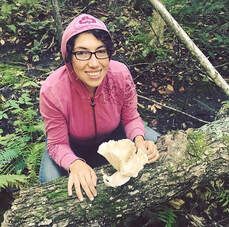 Jade brings a love of the bioregionally abundant herbs to her work as a community and clinical herbalist. When she’s not teaching bioregional herbalism, you can find her roaming the hedges with her harvest basket or at home in the kitchen brewing-up some potent food as medicine. She’s a mother to her 10 and 6 year-old daughters, partner, tender of chickens and cats and new puppy, blogger and writer, online educator, and half-gardener to her mostly wild gardens. She co-founded the Greenfield Community Herbal Clinic, dedicated to affordable herbal care and also maintains a long-distance clinical practice. She lives in the rolling hills of western Massachusetts in unceded Nipmuk territory. Learn more about her work at www.milkandhoneyherbs.com or follow her on facebook or instagram (@milkandhoneyherbs). by Jersey Griggs Are you normally hot or cold? Is your skin dry or moist? Are you more prone to anxiety or depression? You may be asked these questions when you visit a clinical herbalist or an Ayurveda practitioner. Understanding your body’s tendencies is key to discovering your energetic constitution, or in the language of Ayurveda, your dosha. Ayurveda — the ancient sister science of yoga — does not subscribe to a one-size-fits-all attitude. Each dosha (vata, pitta, kapha) is comprised of different energetic forces that make up a person’s constitution, also known as prakriti. When a body is in balance, all three doshas are in equilibrium. When a body is out of balance, one or more of the doshas may be in excess. In order to bring healing to the body, Ayurveda requires a balance of opposite energetics, which can be achieved through the use of herbs. A cup of chamomile tea might ground the anxious energy of vata, while peppermint can provide stimulation for a sluggish kapha. Not sure which dosha(s) you are? Take a quiz and then read on to discover the best herbs for your dosha. VATA Vata is the dosha of movement. Do you have a friend who walks and talks fast, is a bit distracted and is always late? Chances are, your friend is vata. Vatas are creative and spontaneous, but they’re also plagued by anxiety and worry. As a result, they tend towards digestive upset, constipation, and bloating. As they’re typically cold and dry, vatas respond well to herbs that are warming and moistening. Ginger Ginger is a warming herb and perfect for the colder tendencies of vata. Fresh ginger promotes circulation and will warm a vata’s cold extremities. Dried ginger is also warming, but this action is directed toward’s the body’s core, thereby improving digestion. Regardless of whether it’s fresh or dried, the grounding energy of ginger is ideal for pacifying vata. Lemon Balm Lemon Balm is a unique herb in that it is both warming and cooling. Initially warming, it is excellent for a stagnant digestive system. It also works to calm the nervous system and gently sedates any anxiety that may be caused by excessive vata. Chamomile Chamomile is an excellent herb for all ages and doshas but is especially soothing for vatas. A natural relaxant, chamomile is an age-old remedy for calming the nerves. It also supports the digestive system and can relieve gas or bloating, both common ailments of the vata dosha. PITTA Pitta is the dosha of transformation and is often represented by fire. While pittas have strong digestion, they are prone to heartburn, upset stomach, and skin problems. Do you have a type-A, super-smart, and organized friend who tends to be a bit competitive? Say hello to pitta. Pittas are hot, oily, and sharp and they benefit from cooling and drying herbs that calm their fire. Rose Rose is a traditional Ayurvedic remedy for pitta and a lovely herb for bringing this dosha back into balance. The petals of a rose can be used to make teas and tinctures, and when used as an ingredient in skin care, rose tones the skin and alleviates redness. Rose is also a calming herb, both physically and emotionally, and can be used to support the circulation and cardiovascular system of an imbalanced pitta. Linden Linden is another wonderful herb to support cardiovascular health. As both a cooling and relaxing herb, it soothes the fires of pitta and is comforting for the emotional heart. When aggravated, a pitta may be plagued by perfectionism or competitiveness. Fortunately, the nervine action of linden helps to soothe any anxiety or agitation that may promote such behaviors. Dandelion Dandelion, a well-known liver tonic, is also ideal for the pitta dosha. Pitta governs the functioning of the liver. When your liver is overtaxed, your body may react with rashes, inflammation, and skin breakouts — all signs of excess pitta. In response, dandelion tones and rejuvenates the liver, and as both a cooling and drying herb, it is able to pacify pitta. KAPHA Kapha is the dosha of structure and stability. People with predominant kapha doshas are often very grounded and make for loyal friends and trusted confidantes. Do you have a friend who is stable and nurturing, who cares for you through thick and thin? That is the beauty of kapha. On the flip side, kaphas can be slow-moving and stubborn and tend towards weight gain, water retention, and congestion. As kaphas are moist and cold, they find balance in herbs that are drying, warming, and tonifying. Peppermint Peppermint is both a warming and cooling herb and surprisingly enough, kapha benefits from both of these actions. For sluggish and tired kaphas, peppermint is uplifting and stimulating. It also thins mucus and reduces phlegm in the body, thereby aiding the congestion brought on by excess kapha. Tulsi Also known as “Holy Basil,” tulsi is revered in Ayurveda, often being referred to as “the queen of herbs.” Indeed, tulsi can be an extremely effective herbal remedy and is ideal for kaphas who need stimulation. A mood elevator, a cup of tulsi tea will aid kaphas when they are feeling blue or particularly stagnant. Sage Warming, drying, and tonifying, sage is the perfect herb for kapha types. When excess kapha increases mucus, sage is an excellent decongestant for the lungs and sinus tracts. Plus, sage moves heat and blood throughout the body, which can motivate the sluggishness brought on by too much kapha. Jersey Griggs is a freelance writer and editor for hire. A student of both Ayurveda and herbalism, Jersey was first introduced to these concepts when she received her 200-hour yoga certification in 2015. Since then, she has used both modalities as a way to achieve wellness in body and mind and has developed a particular interest in growing her own herbs for healing. She currently lives in Portland, Maine with her husband and pup. To learn more about Jersey, visit her website or follow her on Twitter.
|
Archives
November 2023
Categories
All
|
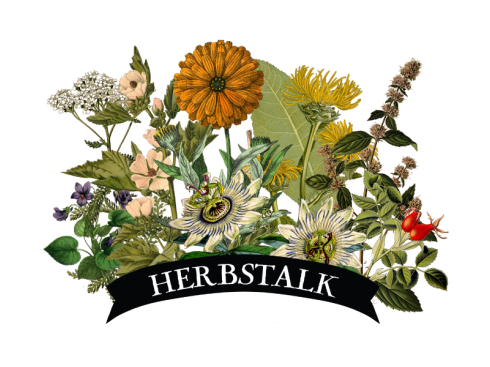
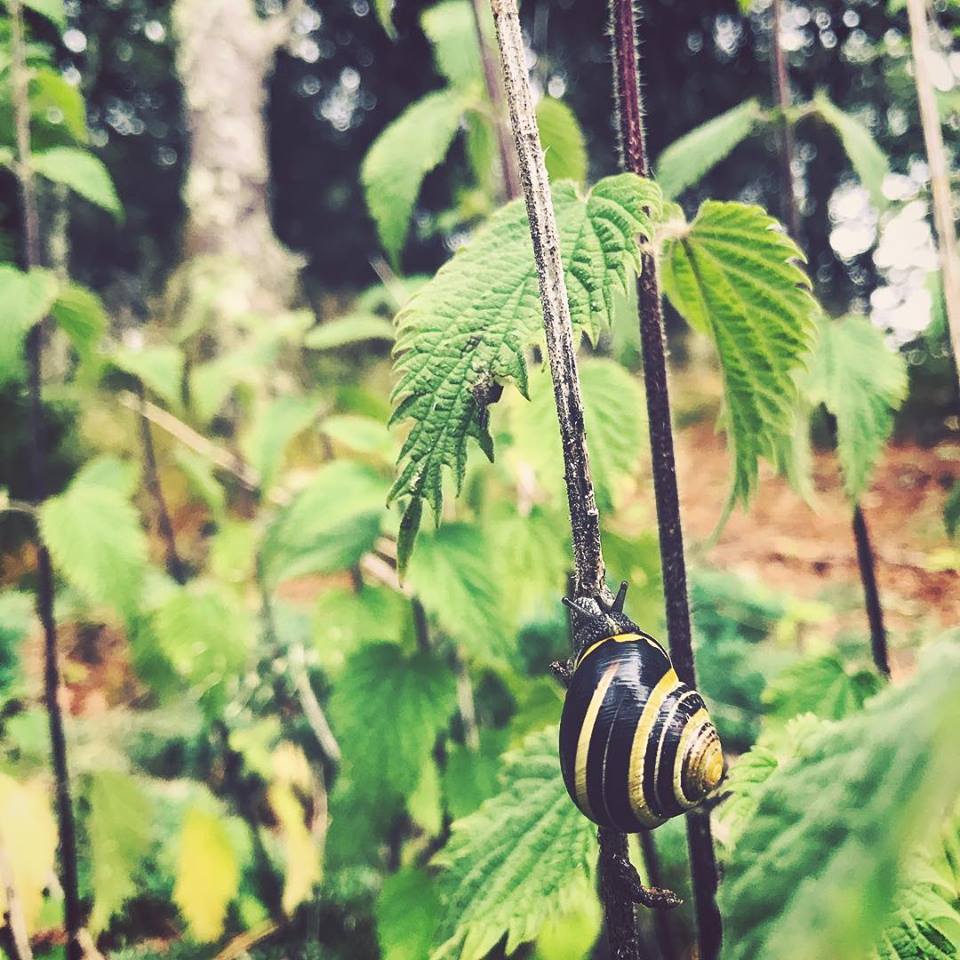
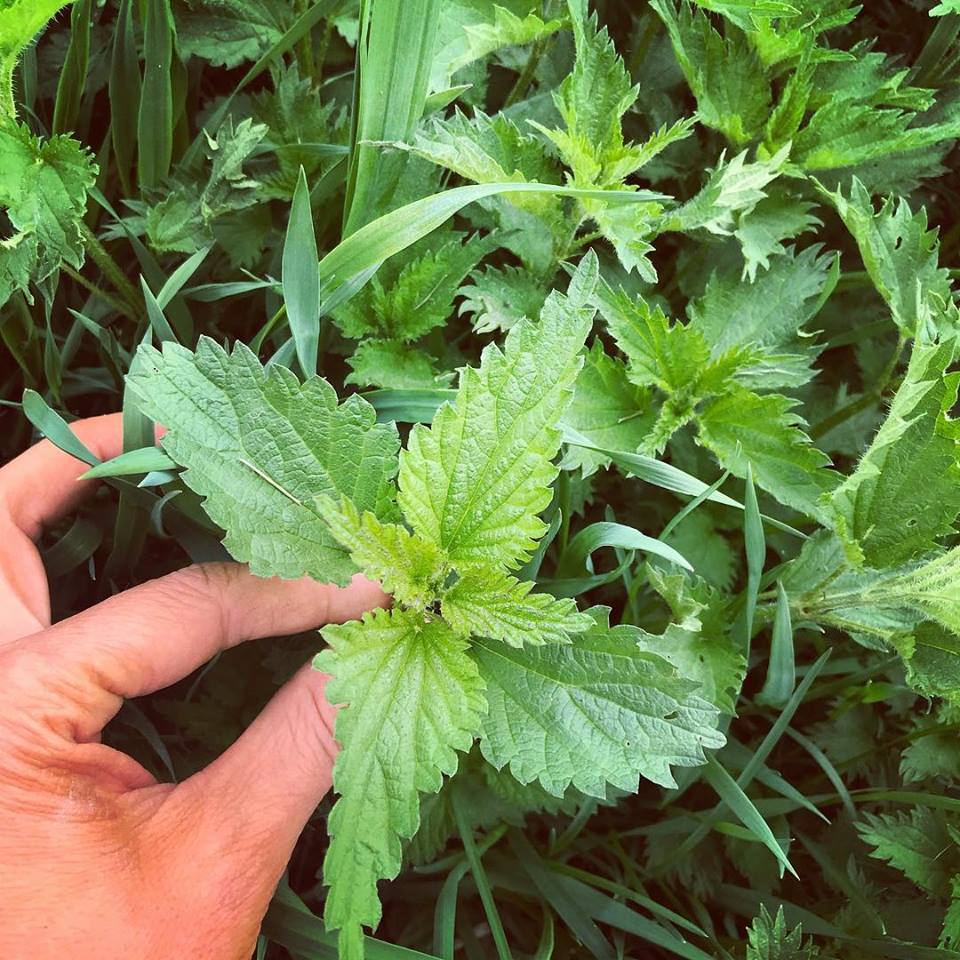
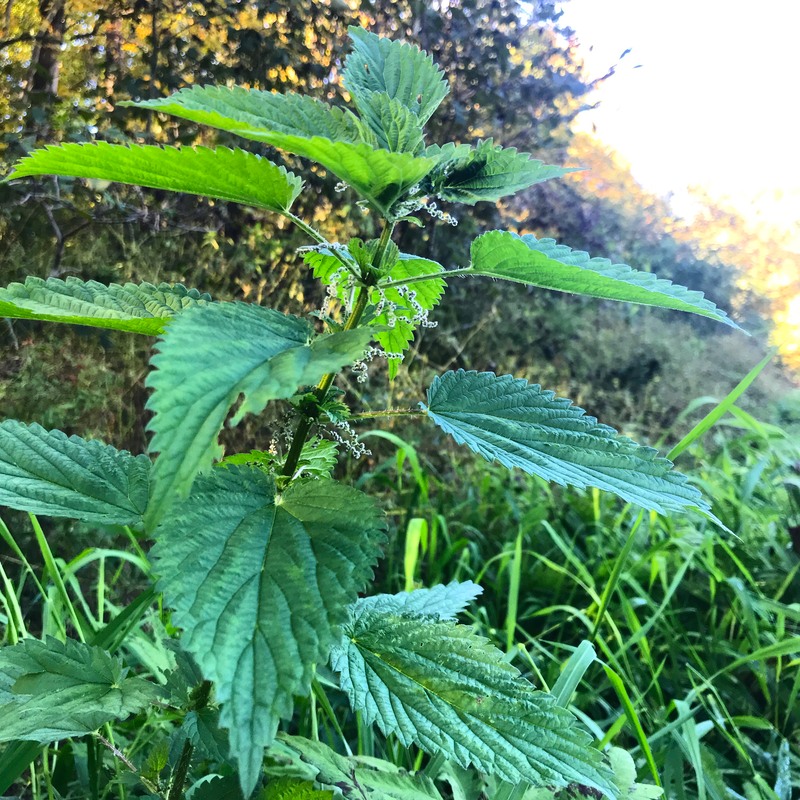
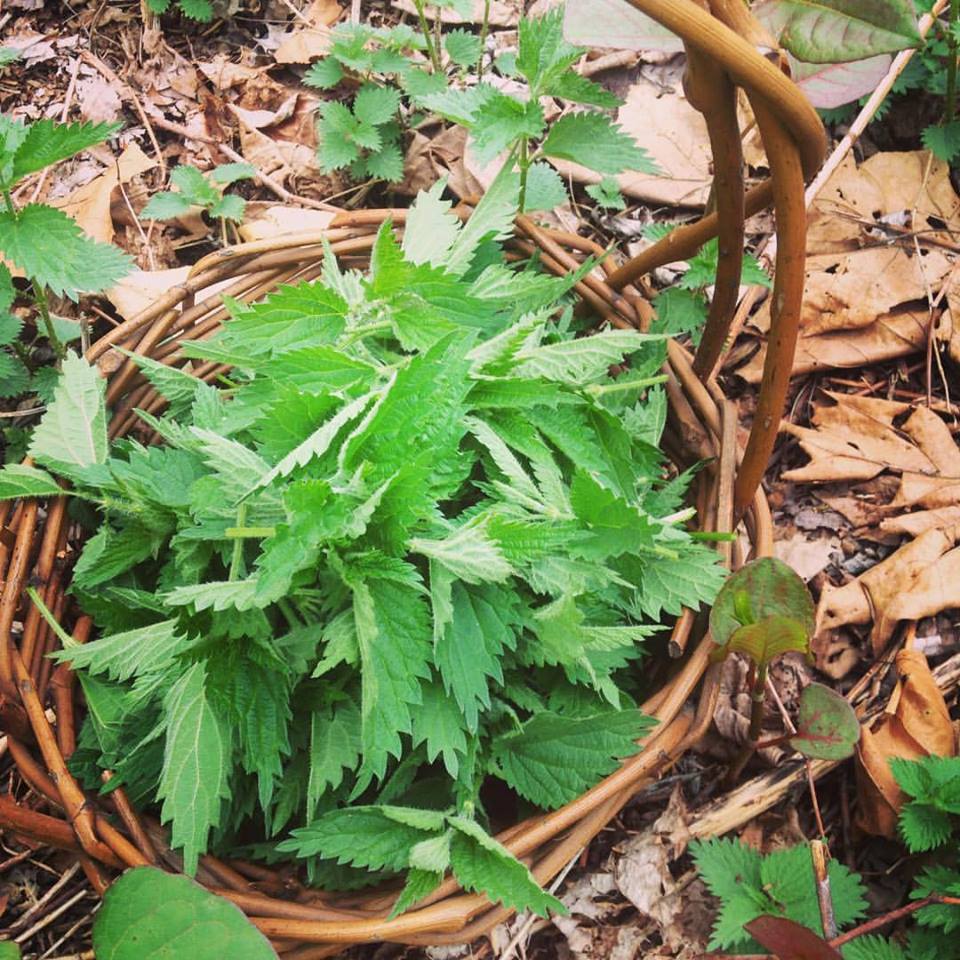
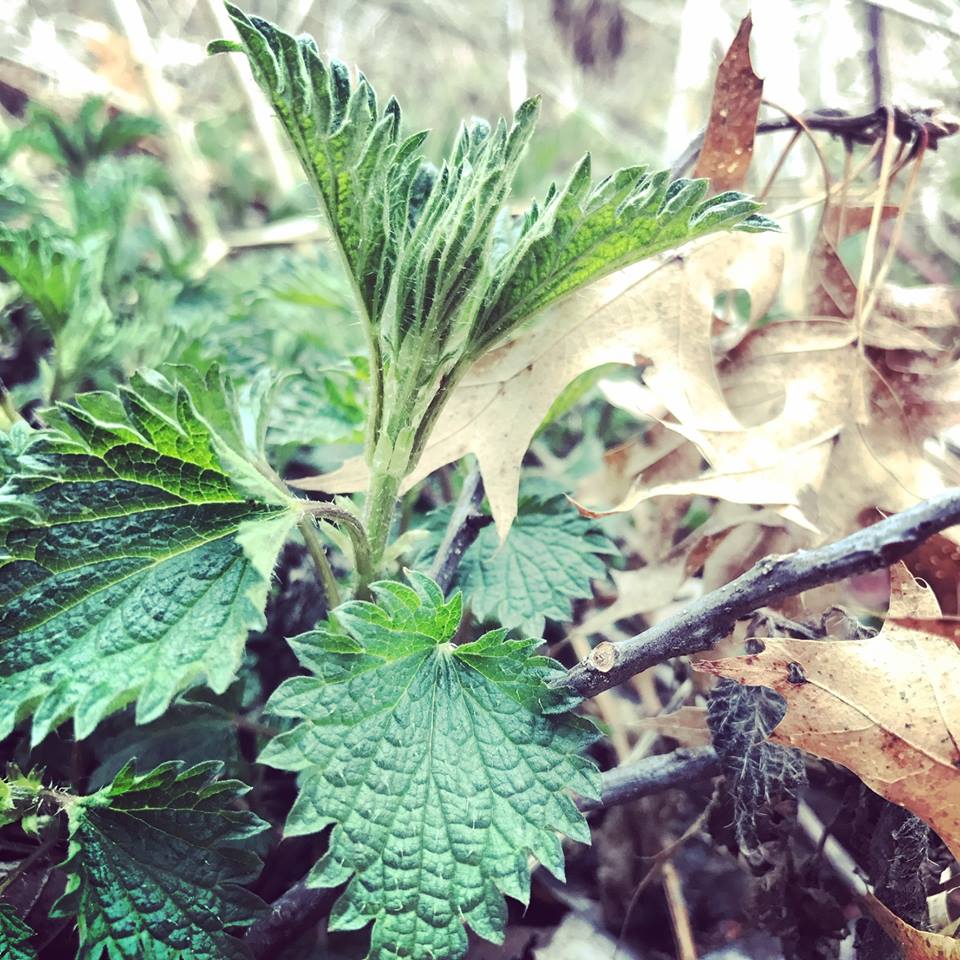
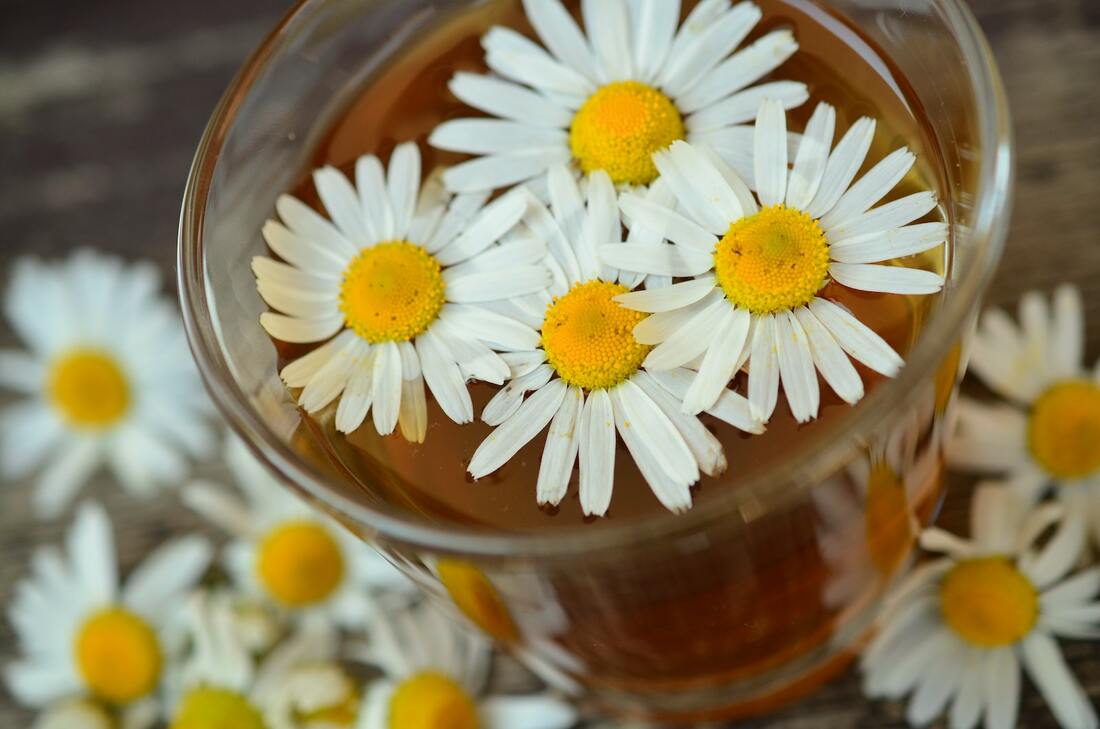
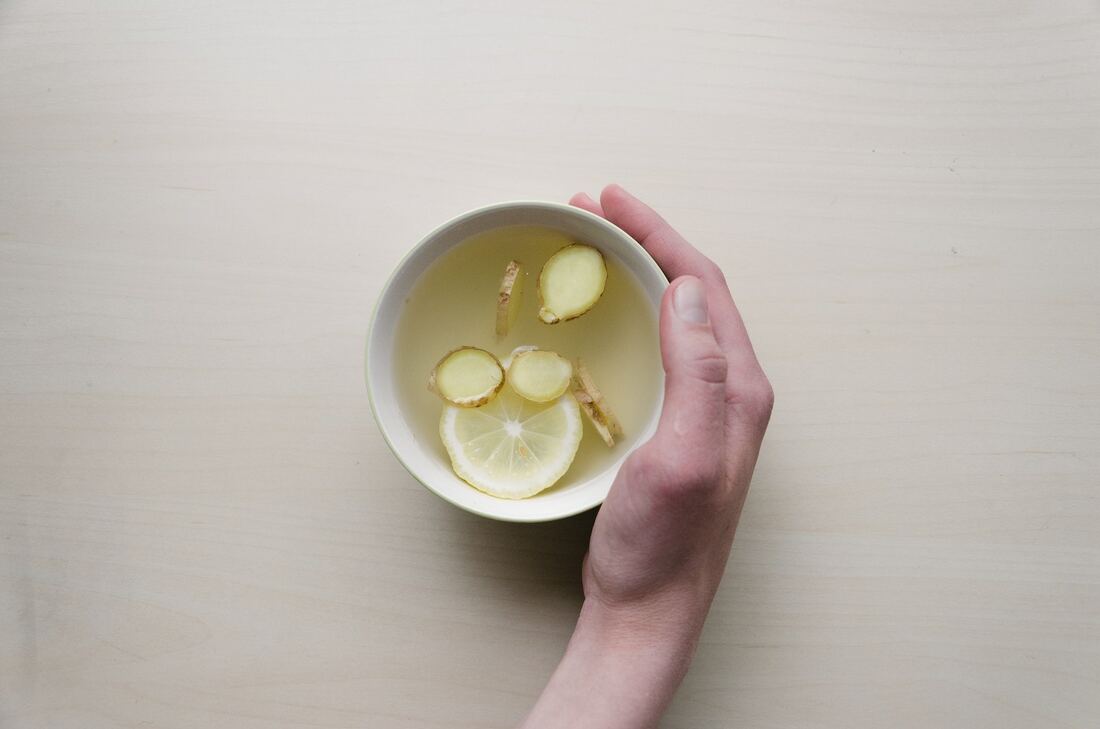
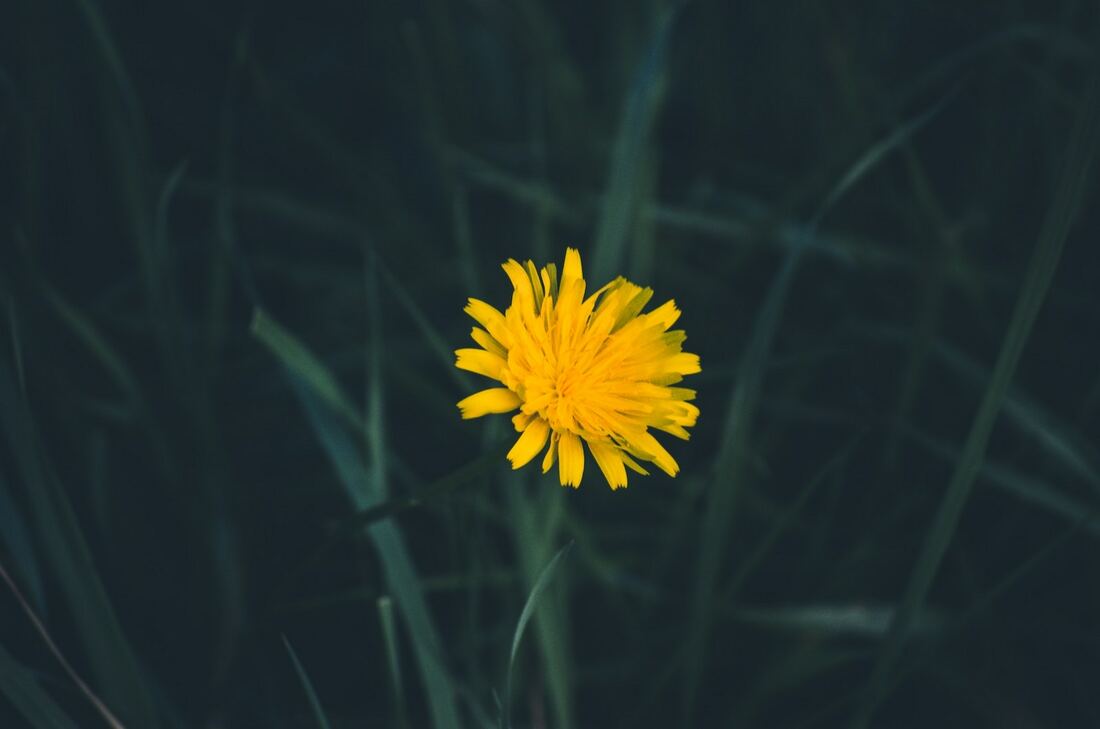
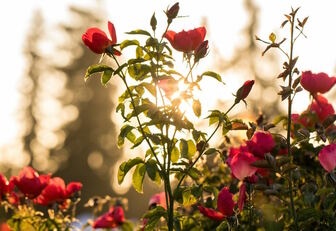
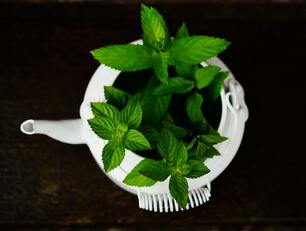

 RSS Feed
RSS Feed